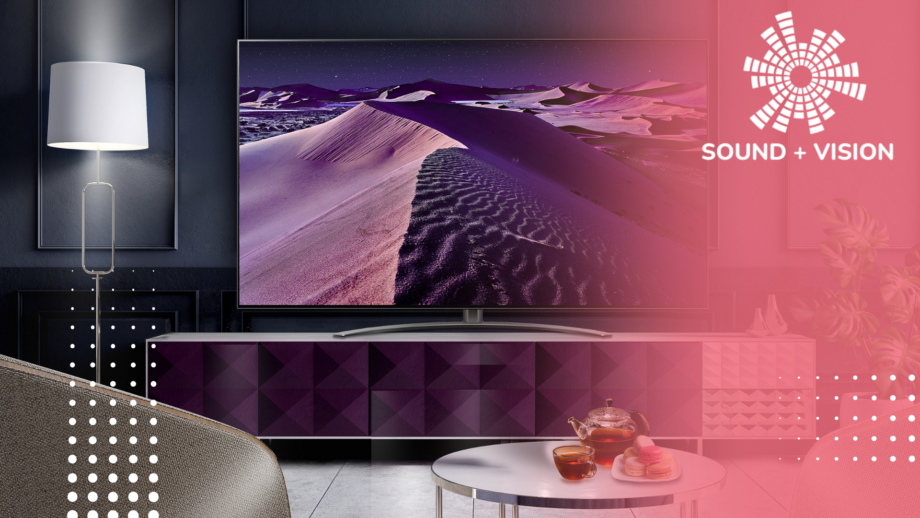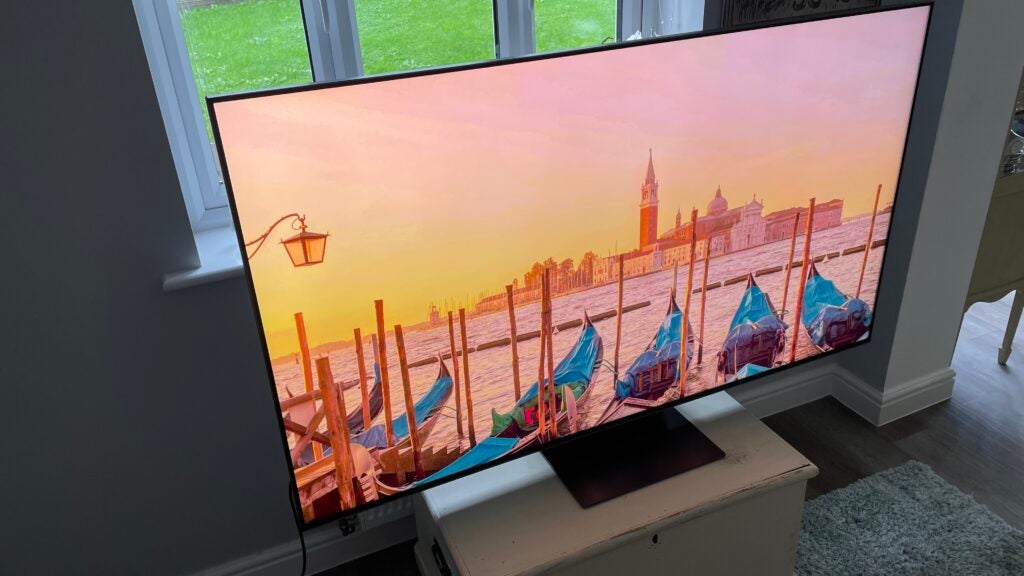Sound and Vision: OLED’s new nemesis is Mini-LED TV

OPINION: The last few years have seen OLED TVs grow in stature (quite literally to bigger sizes), but 2024 will see them face tough competition.
2024 could mark a change in philosophy from TV brands. We already know that Sony is delving deeper into Mini-LED, 2023 saw Panasonic launch its first Mini-LED TV, while the likes of Samsung, TCL, and Hisense have been trumpeting Mini-LED technology for years.
No panel technology is perfect, and Mini-LED has its drawbacks, but I’m seeing more TV brands place an emphasis on brightness and colour volume. As Steve May alluded to in his trip to Sony HQ, brands see more potential and innovation in the Mini-LED space than with OLED.
Does that mean the death of OLED? Of course not, not least with LG pumping its significant resources into OLED. LG Display is the biggest producer of OLED TV panels, and LG Electronics has been the number one brand in the OLED TV market for the last eleven years – and that’s arguably a reason why other TV manufacturers are taking a closer look at Mini-LED. LG sells more OLED TVs than the combined number of all the other brands who sell OLED tellies.
Whenever innovation comes to (WRGB) OLED TVs, it’s invariably because LG invented it. The new high brightness MLA display was developed by LG Display and smashed through the peak brightness ceiling.
But of course, as the producer and supplier of OLED TV panels, it brings the technology to the market first. The G3 OLED was on sale months before the Panasonic MZ2000 and Philips OLED+908, giving LG the advantage in hoovering up sales. By the time those models were launched, the G3 OLED had tumbled in price, forcing a conundrum for rival TV brands as to whether to reduce the asking price if they wished to be competitive.
I sense many TV brands aren’t fond of this ‘arrangement’ and don’t want to play in the same sandpit as LG.
So it’s probable that LG has played its part in shooing away its competitors, but OLED is still relatively expensive to produce, and while Mini-LED has its shortcomings, it’s also stronger than OLED in other respects.

It can go brighter than OLED TVs – the TCL C845K can reach 2000 nits in some cases and it’s only £1049. A similarly sized OLED can hit around 700-800 nits.
Brightness is important because it aids contrast, infusing colours with a variety and punch that OLED can struggle to mete out; and it can work in a wider variety of living room environments. OLED TVs work best in low-light environments, Mini-LEDs can punch out their brighter pictures whether it’s in a room with ambient light or a darker room. Reflections are also less of a problem if you’ve got a high brightness panel to shake them off.
And as the example of the TCL above shows, you can be more aggressive with pricing. TCL’s explosion in popularity in the United States can be put down to driving the price of Mini-LED down to affordable prices. While I very much enjoy the picture quality on OLED TVs, the asking price is still quite high in many cases. At the time of writing, Panasonic has reduced the price of its flagship 65MZ2000 by £600, and it still costs a hefty £2999…
With so many TV manufacturers moving into the Mini-LED TV space, it could become as congested as OLED currently is. With Samsung’s Neo QLEDs, Hisense’s models, TCL, as well as Philip’s less seen Xtra TVs competing with more Sony and Panasonic models, it could all be much of a muchness.
But the prevailing wind is pushing TV brands to Mini-LED, and they seem willing to stick it out, to play in their own sandpit rather than someone else’s. OLED TVs will be in for a tough fight once the 2024 Mini-LED TVs start to appear.








